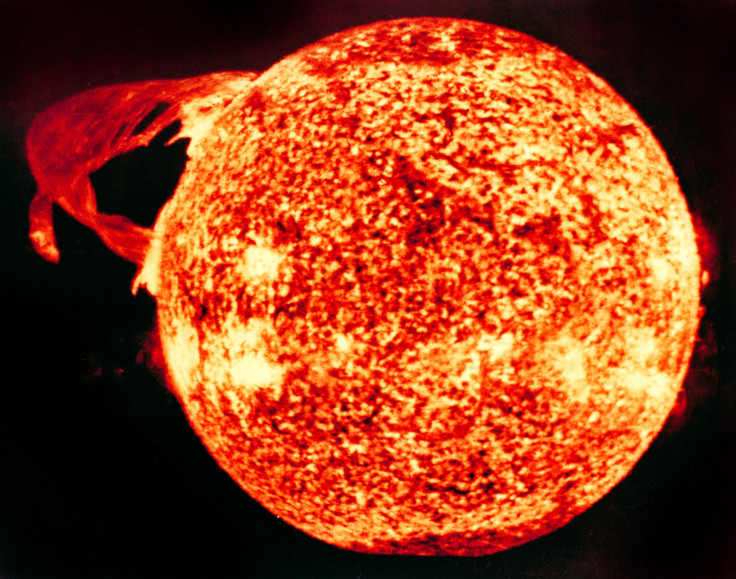USGS Releases Map Of Areas Most Affected By Solar Storms

KEY POINTS
- USGS released a study analyzing the vulnerability of the power grid against solar storms
- A map identifies the areas that will most likely experience power outages
- Vulnerability to the effects of solar storms can be determined by two factors
A new study conducted by the U.S. Geological Survey (USGS) revealed the areas in the country that will most likely be affected by a powerful solar storm on Earth. According to the agency, these areas will most likely experience wide-scale power outages due to certain features.
Solar storms occur when high-energy plasma and particles are ejected from the Sun’s atmosphere. Depending on their magnitude, solar storms can disrupt Earth’s magnetic field and cause various electrical problems.
Recently, a team of scientists from the USGS released a new study that analyzes the vulnerabilities of the U.S. high-voltage power grid to solar storms. As part of the study, the team created a map that identified areas that are prone to experiencing electrical issues and blackouts in the event of a powerful solar storm.
As indicated in the map, areas where power is most likely to fail due to extreme solar weather include the Denver metropolitan area, the Pacific Northwest, the Atlantic seaboard and certain Midwestern states near the U.S.-Canada border.
Specifically, the USGS identified Boston, New York, Philadelphia, Baltimore, and Washington as the areas that are most vulnerable to the effects of a solar storm.
According to the scientists, an area’s vulnerability can be determined by two main factors. The first is the configuration of the power lines in an area. The second factor is the area’s underground geological features.
In areas that have an abundance of electrically resistive rocks, electrical currents have a hard time flowing through the ground. Instead, these currents jump into power lines, triggering powerful electrical surges that can cause fuses and transformers to blow.
This particular scenario happened in the Canadian province of Quebec in 1989. A powerful solar storm triggered a geomagnetic power outage, leaving about six million people in the area without electricity for about nine hours.
“Geoelectric fields in the solid Earth are induced by external geomagnetic field variations, often associated with geomagnetic storms, passing through a complex Earth filter that is determined by the conductivity structure of Earth's interior,” the researchers wrote in a study published in the journal Space Weather.
© Copyright IBTimes 2025. All rights reserved.





















